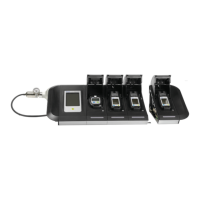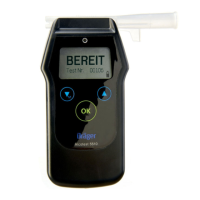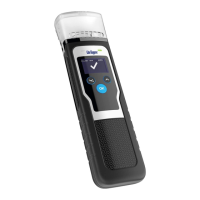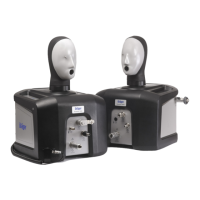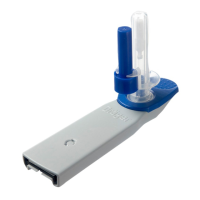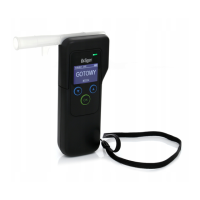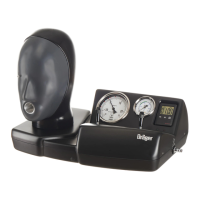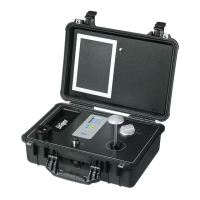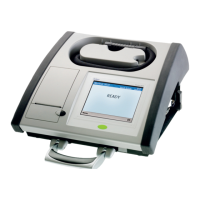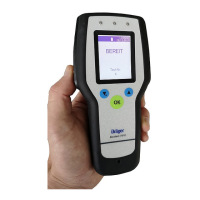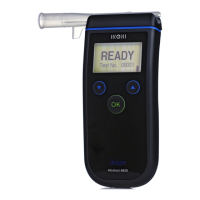Do you have a question about the Dräger 5820 and is the answer not in the manual?
| Brand | Dräger |
|---|---|
| Model | 5820 |
| Category | Test Equipment |
| Language | English |
Explains the symbols and conventions used within the document for clarity.
Provides a visual guide and numbered list of the components of the Dräger Alcotest 5820 device.
Details the purpose of the Dräger Alcotest 5820 for measuring breath alcohol concentration.
Outlines conditions and waiting times before performing a measurement, including calibration and mouth residue.
Describes the setup wizard for first-time use, covering language, date, time, and measurement unit settings.
Step-by-step guide on how to attach a mouthpiece and perform a standard breath sample measurement.
Instructions for manually triggering a breath sample when the subject cannot provide sufficient volume.
Details on how to perform a passive sample measurement for ambient air or breath analysis without a mouthpiece.
Explains how to manually switch off the instrument and mentions automatic shutdown.
Instructions for safely detaching and disposing of the used mouthpiece.
Describes how to access and navigate the menu for settings, information, and device options.
Step-by-step instructions for replacing the battery, including necessary precautions and post-replacement checks.
Guidance on proper cleaning methods, including materials to avoid and recommended wiping procedures.
Specifies the sensor technology used for alcohol measurement.
Defines the concentration limits for breath and blood alcohol measurements.
Lists the available units for displaying measurement results.
Specifies the operational and storage temperature and humidity ranges.
Details required respiratory volume, breath flow, and duration for a valid sample.
Provides data on standard deviation and repeatability for alcohol measurements.
Indicates the typical drift in sensor sensitivity over time.
Specifies the required waiting intervals between measurements based on previous results.
States the recommended calibration interval for maintaining instrument accuracy.
Lists the physical dimensions (width, height, depth) of the instrument.
Indicates the total weight of the device.
Details the type of battery and voltage required for operation.
Specifies the type of connection port available for data transfer or servicing.
Indicates the level of protection against dust and water ingress.
Mentions compliance with Electromagnetic Compatibility directives.
